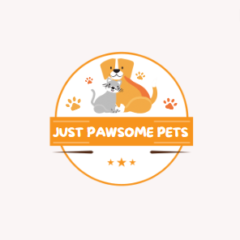Decompression Activities From A Dog Trainer
By admin / March 9, 2023 / No Comments / Uncategorized
Whether you’ve just got a new dog, moved to a new environment, or your dog has just been in a fight, decompression is an important part of life with an anxious or fearful dog.
Dog decompression is more than just adjusting them to car rides, or creating a safe place (like a crate or bed), it’s about de-stressing our dogs. Giving them that moment to relax.
Now, you may be reading this and thinking “For real? What does a dog have to stress about?” – and I get you! Honest I do. I watch dogs lounge on my bed, on my sofa, etc and they look like they have everything they could need. But, you’d be surprised what stresses them out, and that decompression is something that most dogs need a little of.
Why Decompress with A New Rescue Dog
A shelter dog may not have had the kindest of times, so integrating into a new home may be tough as it’s likely the first time that they’ve experienced certain smells or sounds that make up your home. Your new friend can easily be overwhelmed and this creates a crucial need for decompression.
Their first day home, in new surroundings can be massively stressful, and so, limiting their world in a few ways during their decompression period can be the best way to help them adjust to their new life. And even if you’re desperate to introduce them to new people and wider family members, or to rush them to the dog park! Avoid it. Because with a new rescue (or foster dog) we just don’t know what’s going to be a problem.
This is a lot to do with the 3-3-3 rule…
3 Days for pup to settle in.
3 Weeks for your new dog to show their personality.
3 Months for your new family member to feel entirely at home!
It is good to note that these are guidelines and each dog is an individual so it may vary!
Why Decompress With A Reactive Dog
Reactivity is one of those behavioral issues that develops in a dog who may be more anxious than others, and consequently, creating down time for fearful dogs can be a really important part of their training. Adding in decompression days and regular activities can be super super useful for your dog and their headspace, make them much more patient and available to learn.
Why Decompression Helps With Separation Anxiety
Dogs who struggle with separation anxiety are often dogs who struggle with stress, generally. You may notice things like obsessive licking, or grooming. And remedying stress can alleviate some of the separation anxiety too.
Common Signs Of Stress In Dogs
How Long Should A Dog Decompress For?
This depends on your dog. Each dog is an individual, and the 3-3-3 rule is a great guidelines for rescue dogs, but this is all about cortisol. When a dog is exposed to stress it depends on how long they’ve been exposed to it, for that cortisol to disperse through their system.
This means for a one hit like a dog fight, it might take 24hrs, or fireworks may take a couple of days.
Decompression Activities
Meeting your dog’s needs is a very important training tool, often underestimated in it’s value in training. And whilst every dog has different needs, here are some fantastic ideas for you to explore with your dog.
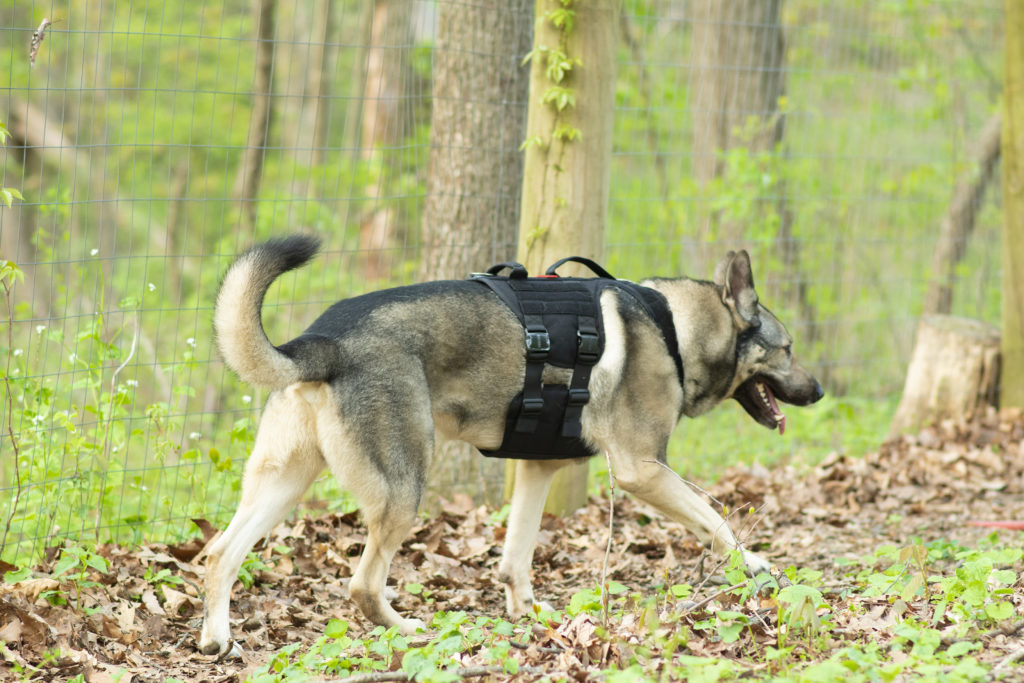
Scatter Feeding
Scatter feeding is another sniff-based activity, that encourages your dog to forage and use their nose. That sniffing is what gives your dog that extra relaxation that eating from a bowl just doesn’t match.
Sleep…
Whether this is a crate or a bed, it’s really important that they know this is theirs and that it’s a safe space, that it’s a zone where humans don’t go and all they have are positive associations with it. It’s a great way to give a more anxious dog the relief they need. Picking an appropriate place for the bed is also really important, here’s some considerations, but remember, this too varied by breed, for example, Indie typically will only rest if I’m in sight. So I often position his bed with a really good view of our living room and kitchen areas.
You’d be surprised, but even an adult dog needs a lot of sleep, and puppies or elderly dogs even more so!
Note: Do not feel pressured into crate training just because it’s popular.
Lickimats
Using the soothing aspect of licking is something that soothes our dogs, it’s like the canine equivalent of sucking their thumb. So, that licking is something we can focus with the use of some yummy treats on a lickimat. This can be something delicious like natural yogurt, honey and/or peanut butter, or mushed up banana, pumpkin etc! Baby food works really well too.
When you give this to your dog to lick, it will naturally keep them interested, and just encourage that endorphin release, and soothe your anxious pup.
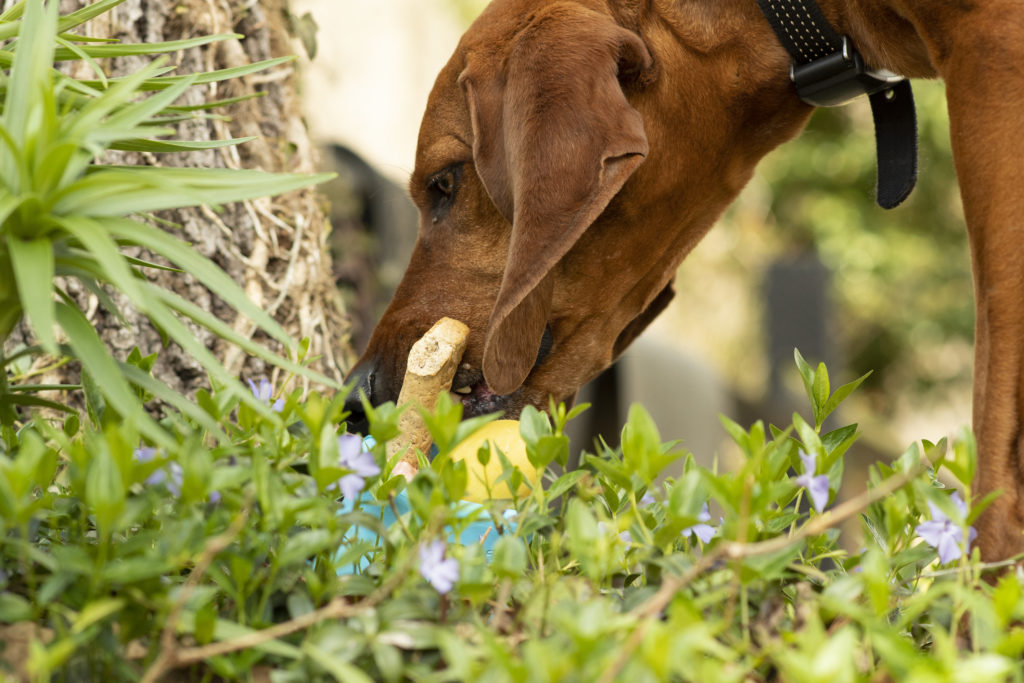
Kongs
Kongs, or any fillable toy (e.g. Toppl, the Fenrir hammer/egg, or the soda pup toys etc. They all fill that same niche. All of them create a calm problem solving opportunity for reward, and licking. Which not only works to tire your dogs brain and potentially distract them from what might be stressing them out, but soothing them and rewarding them for relaxing.
If you’re not sure where to start? I have you covered with How To Use A Kong.
Long Lasting Chews
Long lasting chews work the jaw muscles, which is very relaxing for dogs. Chewing actually activates the adrenal-pituitary axis of the brain, releasing endorphins! Which is phenomenal for stress release, anxiety and so, for decompression too! It’s something I call “Chew drunk”. If you’re looking for these? My favourites are things like;
- Cow ears
- Beef Tendons
- Hooves
- Buffalo horns
- Yak cheese
Snufflemats
Sniffing is known for it’s relaxation effects on dogs – it lowers the heart rate and sparks a parasympathetic response that tells the body it’s time to switch off, and actually switches off the sympathetic nervous system and creates relaxation.
Sniffspots or Secure Fields
If you have a high energy dog, this can give them and you some freedom of movement while knowing that they’re safe and secure. This sort of free time in a fenced yard can give you and your dog a phenomenal natural setting, and give them the freedom they need to explore and relax.
Now, this one may not be your best choice with a new rescue dog!
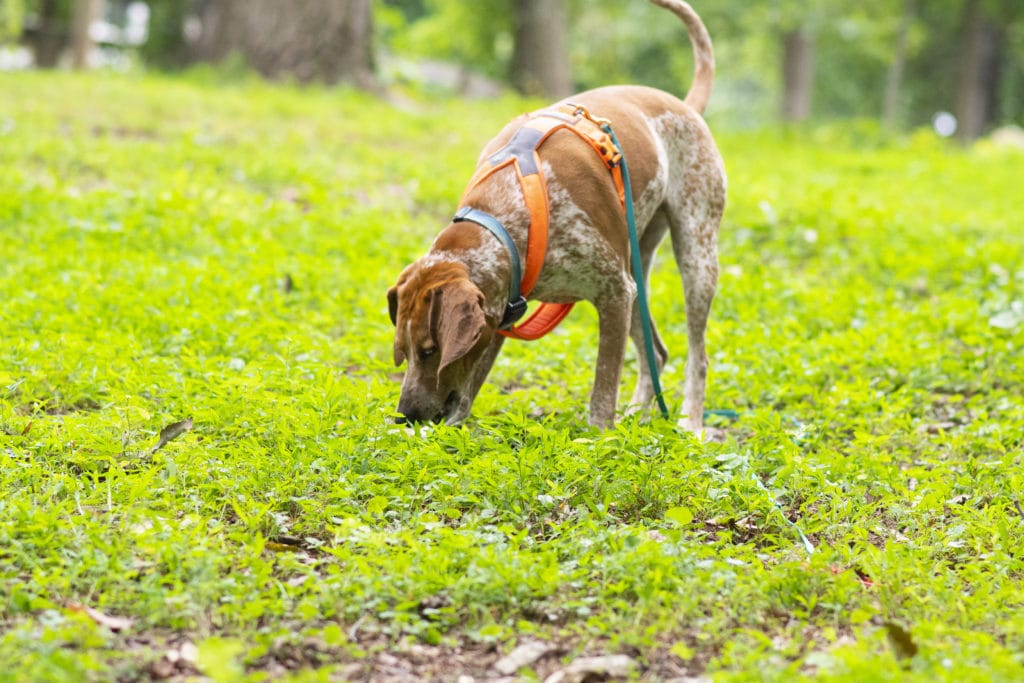
Sniffy Walks
These are sometimes called a decompression walk. Grab your long line and a harness, and go explore a quiet nook of town and give as much freedom as possible. and you can really accomplish a lot in quite little time when it comes to encouraging your dog to sniff.
Days Off From Walking
This one is stupidly important. If your dog is used to going for a long walk every day (or even a short walk), taking a day or two off going for that walk can give your dog the opportunity to breathe, and not see their triggers, or engage with the world which might be super stressful for them.
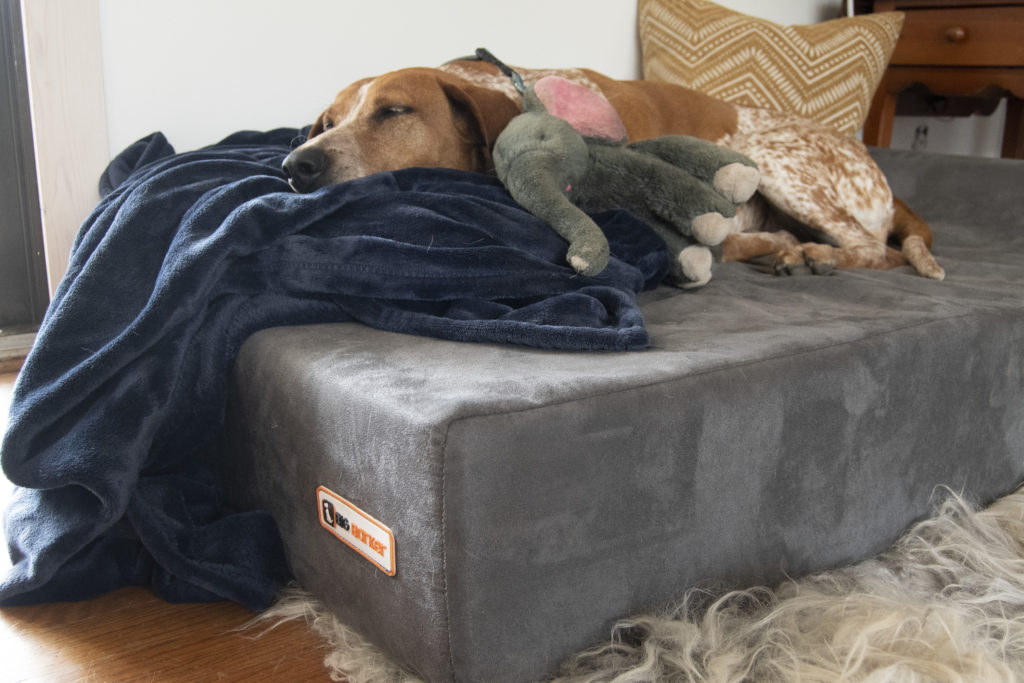
Give Them Space
Consent is really important with a more nervous dog. Too much attention is going to push them away, and not let them know that they are respected, or that this may not be a safe zone for them.
Decompression creates content.
You can entirely incorporate these as part of your daily routine, some of them definitely can be an easy routine change (like adding a Toppl instead of their normal dinner bowl). Sure, this is not going to be the fix for all of your dogs behavioral problems, or getting them over it entirely, but it will help.
These decompression methods should be looked at as part of a whole assessment, and overall training plan to help move your dog forward and through their emotional issues. Thing of this as like self care for dogs!!
If you need to get your dog through their behavioural issues, why not reach out and see how I can help?
Author, Ali Smith
Ali Smith is the Positive Puppy Expert, dog trainer and is the founder of Rebarkable. She is passionate about helping puppy parents get things right, right from the start. To help create a puppy capable of being a confident and adaptable family member and keep puppies out of shelters.
Ali has won multiple awards for her dog training, and has had her blog (this blog!) rated as 2021 & 2022 worlds’ best pet blog!
Views: 0
